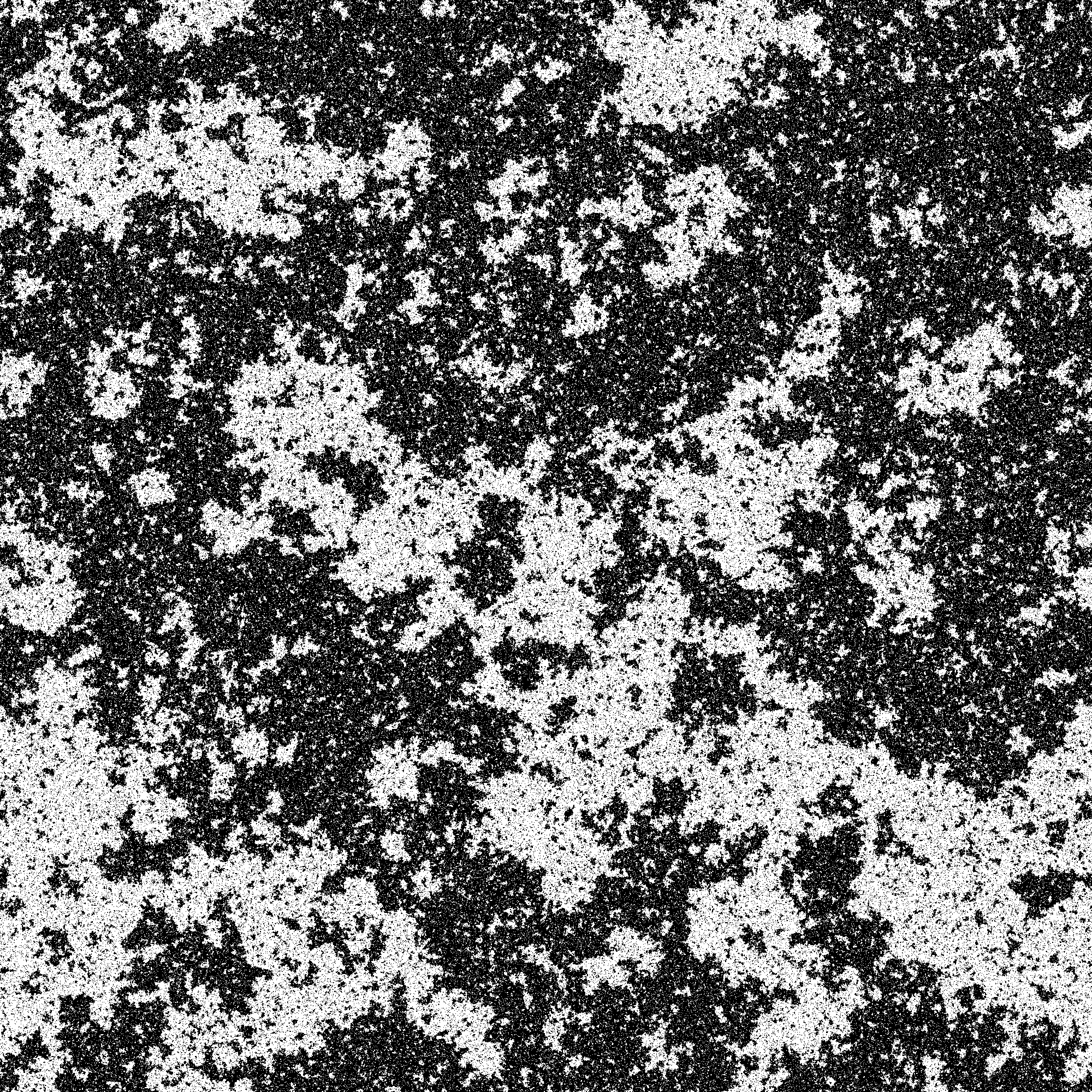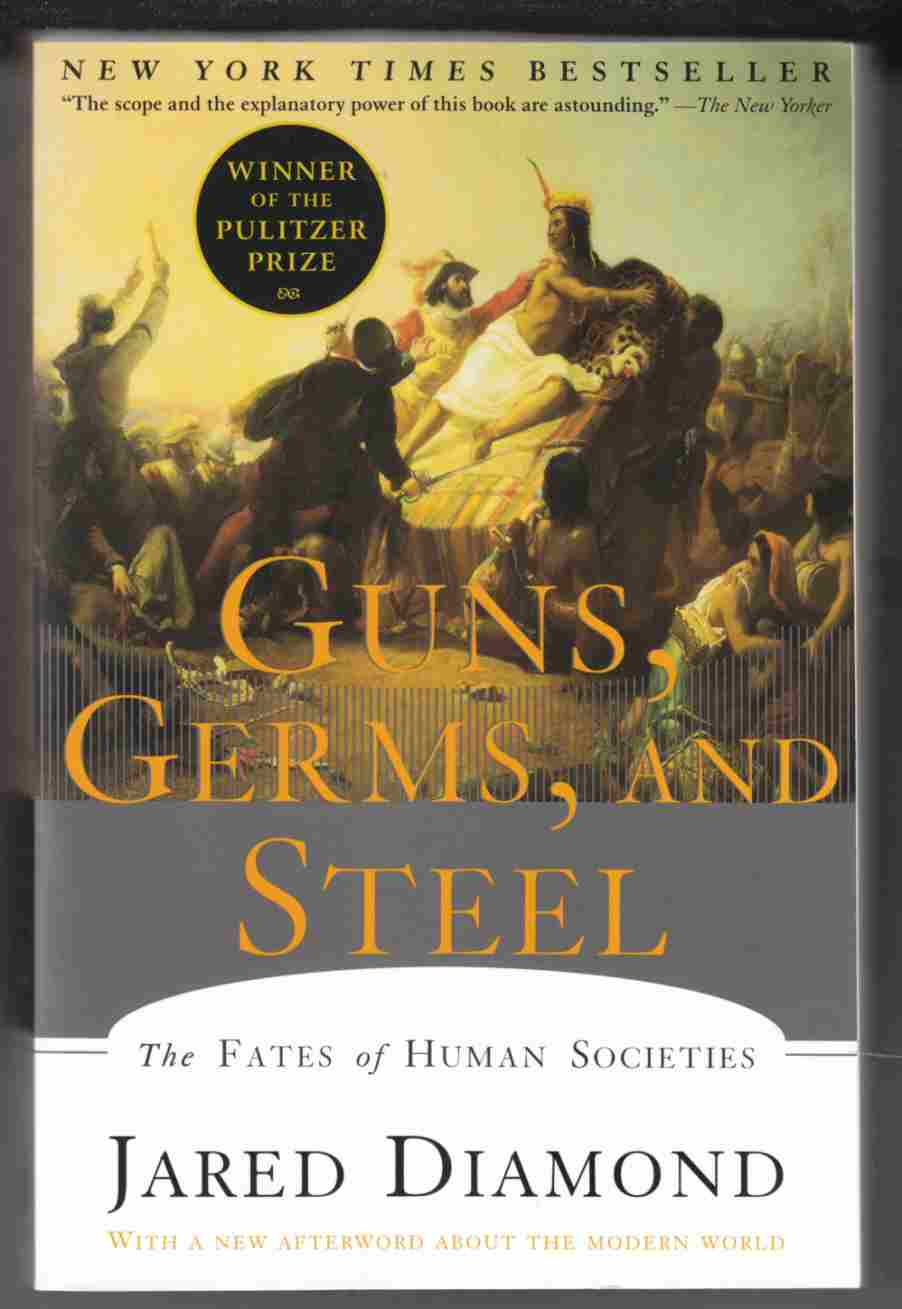I recently read
Phase Transitions, by
Ricard Sole. The last chapter talks about societal collapse due to resource depletion. Under some assumptions, modelling the per capita consumption rate of natural resources shows that there exists a phase transition between stability and collapse. In other words, a gradual increase in the per capita consumption rate (or an increase in population, given a fixed per capita consumption rate) will result in a sudden and extreme phase shift — from stability to instability, i.e. collapse.
Interestingly, the book
Why Stock Markets Crash, by
Didier Sornette, mentions the same phase transition, or critical point as he refers to it, occurring due to an increasing rate of population growth and dependence upon technology. The rate of population growth implies the occurrence of a finite time singularity. Upon reaching this critical point, a change from one regime into another will occur. What this change will be is unknown.
There have been numerous large civilizations of the past whose existence was relatively brief on the face of the Earth. Will modern civilization have the same fate? These two books suggest an impending change. However, there is a chance that this time could be different. No other society in history has been able to predict its own demise. Is this the key? The knowledge of one’s own collapse could be sufficient to prevent it.
I believe to at least postpone the arrival of this phase transition requires only that we have a full dependence on renewable resources and find a revolutionary way to produce and distribute fresh water. Once these are accomplished, other issues which could lead to collapse can be fixed in due time.
Surprisingly, there already exist potential solutions which I believe can solve the problem:
Algae Oil and
Water Cavitation. Growing algae in deserts near the ocean seems like a terrific idea for generating fuel. Not to mention the fact that the algae remove CO2 from the air. However, I can foresee that this could actually create a problem, since too little CO2 in the atmosphere is also a problem.
Water Cavitation, as mentioned in the link above, provides a reliable mechanism for removing chemicals and organisms from water. A perfect source of clean, fresh water for the world. However, there still exists the problem of water availability. Perhaps there are good ideas for this, I am not sure.











